Freshwater angelfish, also known as Pterophyllum scalare, are a popular and beautiful species of freshwater fish that are native to the Amazon Basin in South America. They are commonly kept in aquariums due to their elegant appearance, ease of care, and peaceful temperament.
Appearance:
Freshwater angelfish are known for their distinctive triangular shape, with elongated fins that flow gracefully from their bodies. They have a silvery-grey base color with black stripes that run vertically down their bodies, which helps them to blend in with the dark environment of their natural habitat. They can grow up to 6 inches (15 cm) in length and have a lifespan of up to 10 years.
Habitat and Distribution:
Freshwater angelfish are native to the Amazon Basin, including Brazil, Peru, and Colombia. They are typically found in slow-moving rivers and streams, as well as flooded forests and swamps. They prefer water that is slightly acidic with a pH between 6.0 and 7.5, and a temperature between 75 and 82 degrees Fahrenheit (24 and 28 degrees Celsius). In the wild, they feed on small fish, insects, and other aquatic invertebrates.
Behavior and Temperament:
Freshwater angelfish are generally peaceful and non-aggressive, making them a popular choice for community aquariums. However, they can become territorial during breeding and may become aggressive towards other fish that invade their space. They are also known to be sensitive to sudden changes in water chemistry and temperature, so it is important to maintain a stable environment in their aquarium.
Breeding:
Breeding freshwater angelfish can be challenging, but with the right conditions and a little bit of patience, it is possible to breed them successfully. They are monogamous and form pairs that will breed multiple times throughout the year. To encourage breeding, it is important to provide them with a suitable breeding site, such as a flat rock or piece of wood, where they can lay their eggs. The water should be soft and slightly acidic, and the temperature should be raised slightly to around 80 degrees Fahrenheit (27 degrees Celsius).
Once the eggs have been laid, the male and female will take turns guarding them and fanning them with their fins to ensure that they receive enough oxygen. After about 2-3 days, the eggs will hatch into tiny, transparent fry that will need to be fed a diet of newly hatched brine shrimp or other small foods until they are large enough to eat adult food.
Tank Requirements:
Freshwater angelfish are relatively easy to care for and can be kept in a variety of aquarium setups. A minimum tank size of 30 gallons (113 liters) is recommended for a pair of angelfish, with an additional 10 gallons (38 liters) for each additional fish. They require a well-filtered aquarium with good water flow and plenty of hiding places, such as plants and decorations.
It is important to maintain a stable water chemistry and temperature, and to perform regular water changes to keep the aquarium clean and healthy. Freshwater angelfish are sensitive to high levels of nitrates and ammonia, so it is important to test the water regularly and take corrective action if necessary.
Feeding:
Freshwater angelfish are omnivores and will eat a variety of foods, including flakes, pellets, frozen foods, and live foods such as brine shrimp and bloodworms. It is important to provide them with a balanced diet that includes both plant-based and animal-based foods. Overfeeding can lead to health problems, so it is important to feed them only what they can consume in a few minutes, once or twice a day.
Conclusion:
Freshwater angelfish are a beautiful and peaceful species of freshwater fish that are relatively easy to care for and can make a great addition to any community aquarium. Their elegant appearance and graceful swimming make them a popular choice among aquarium enthusiasts.
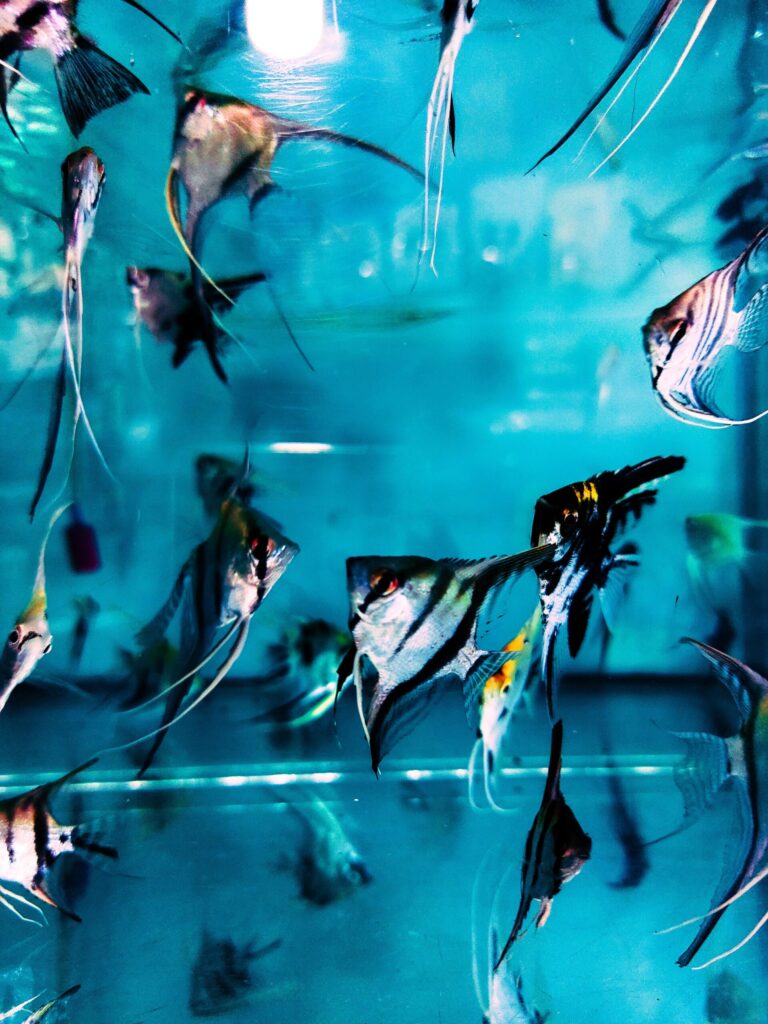
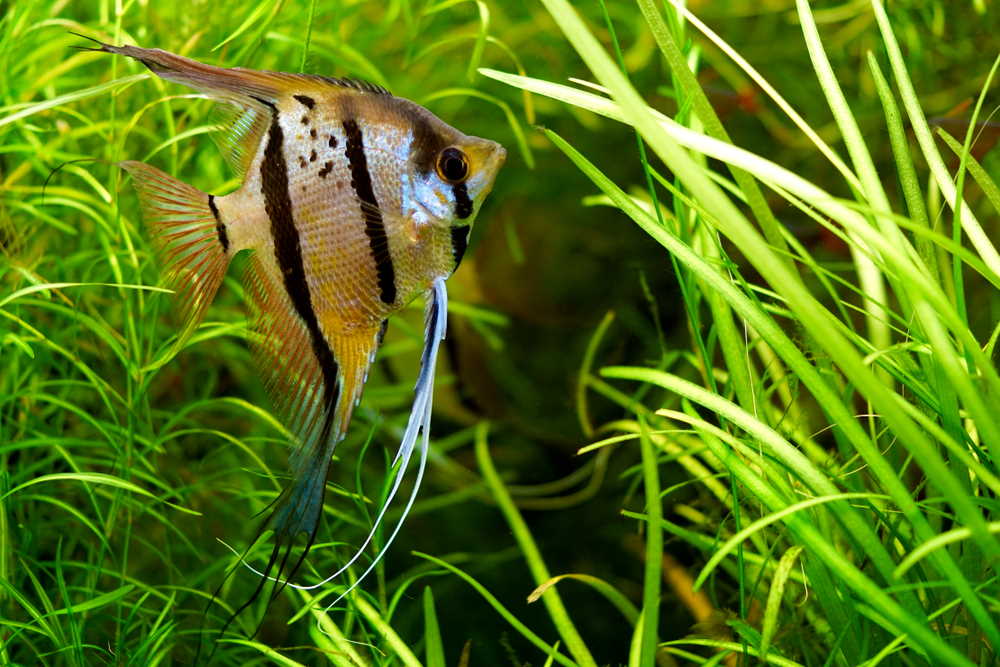
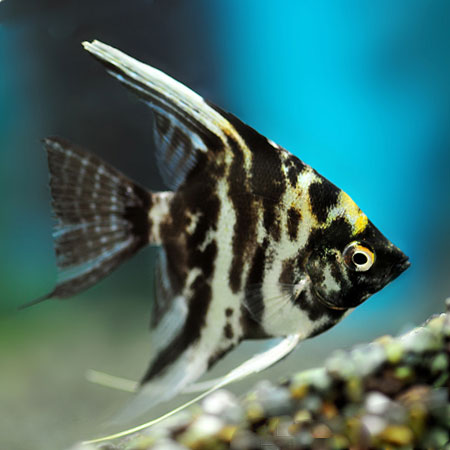
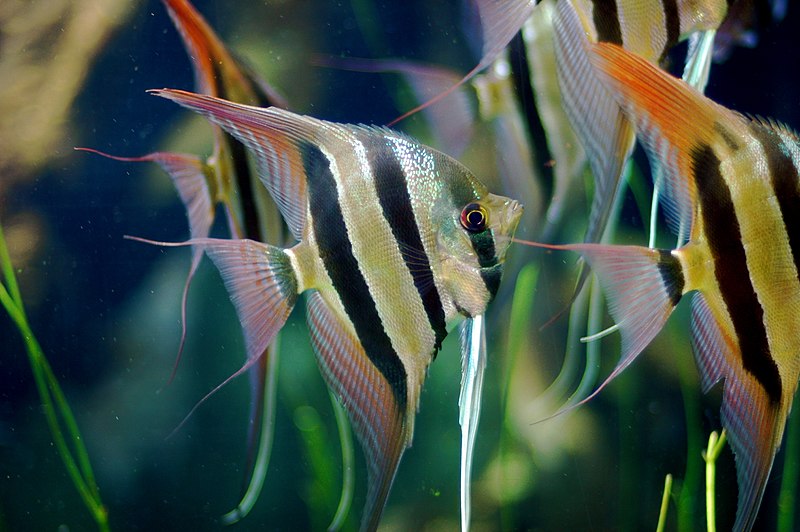
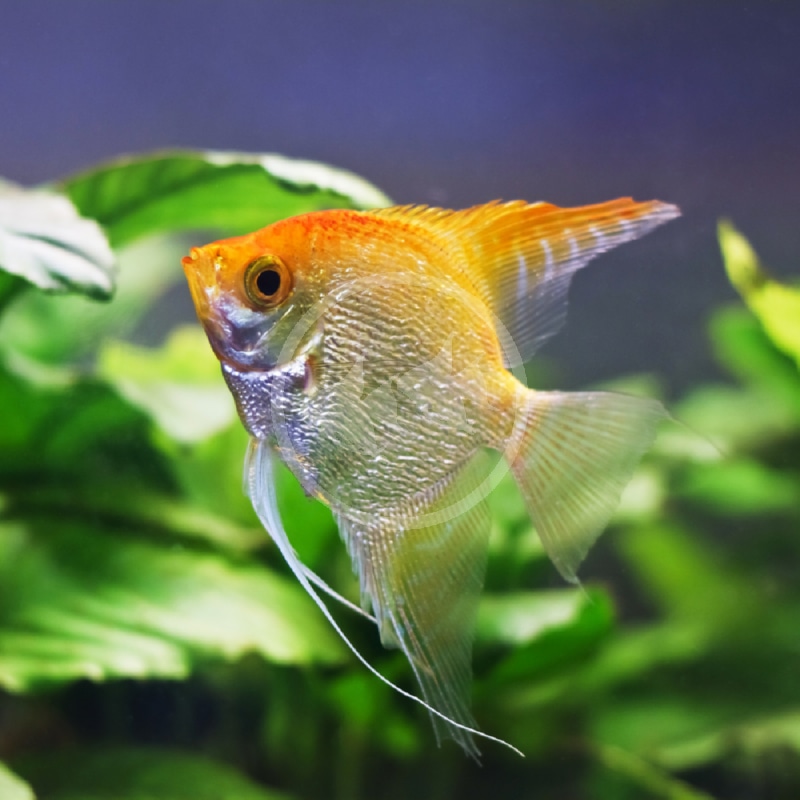
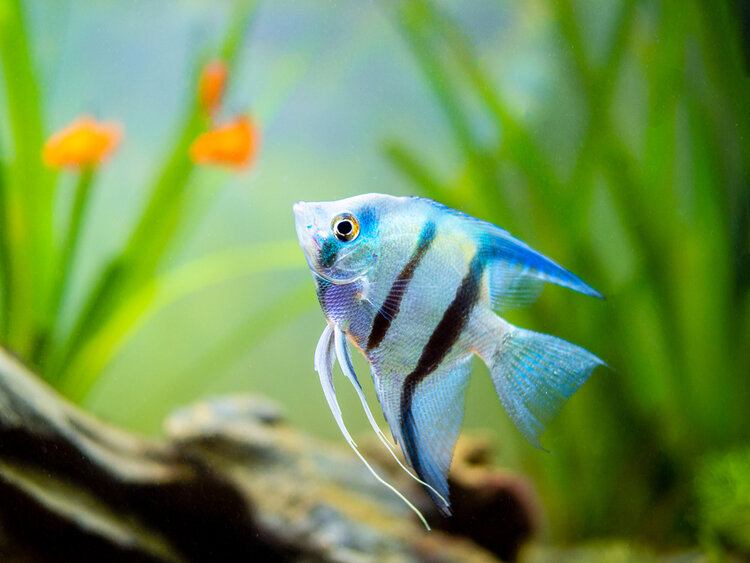
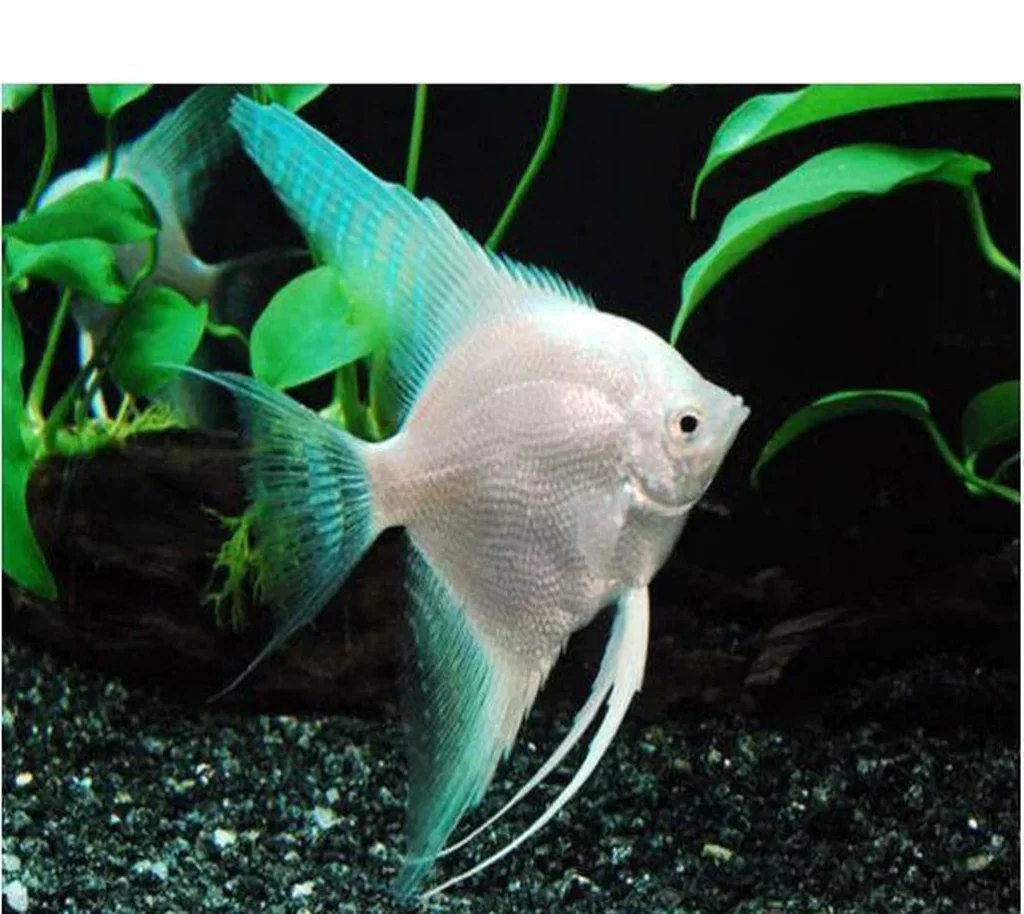
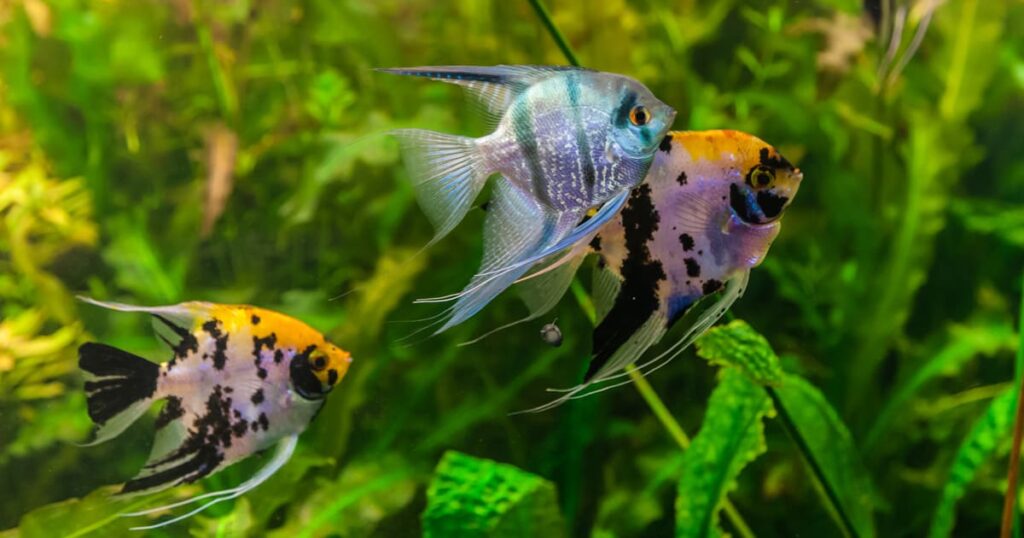
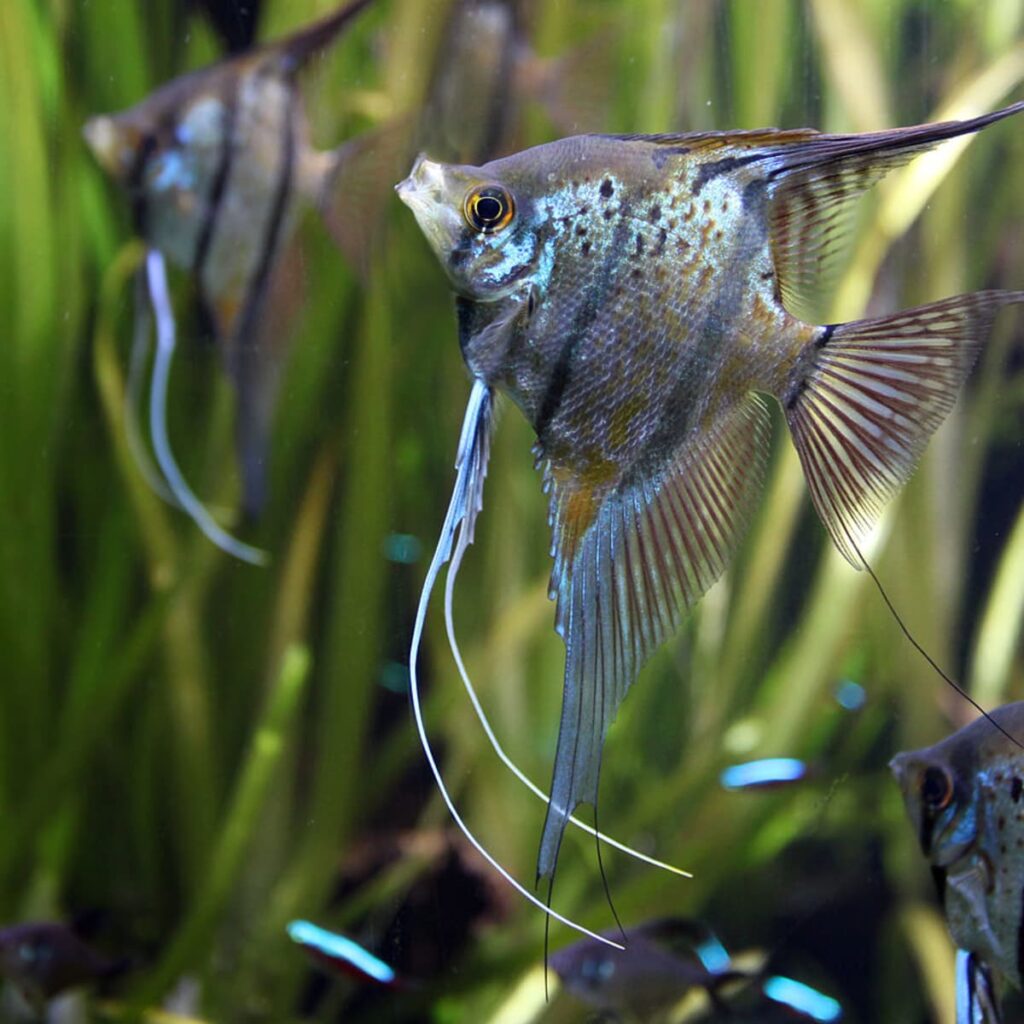
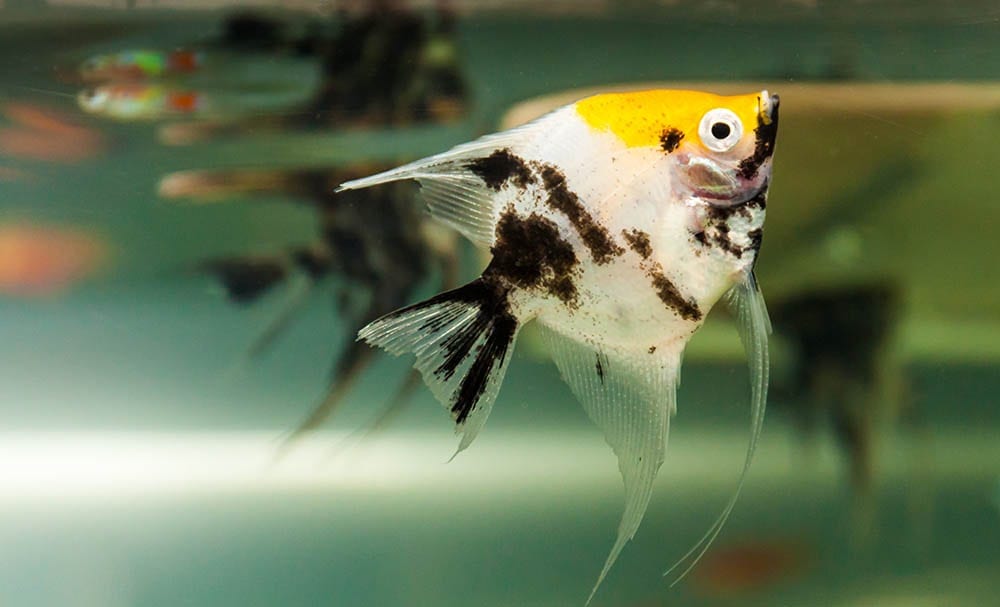
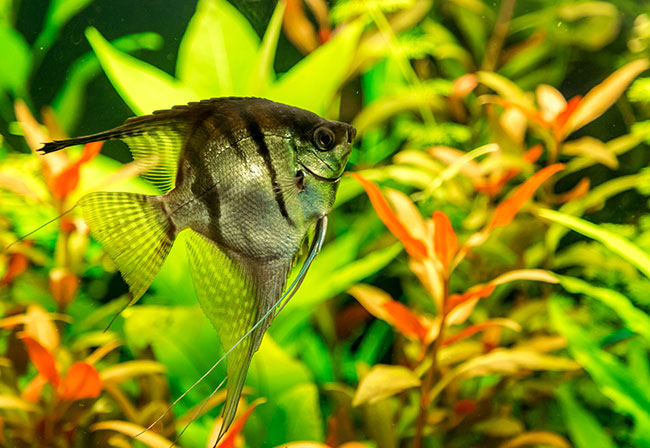
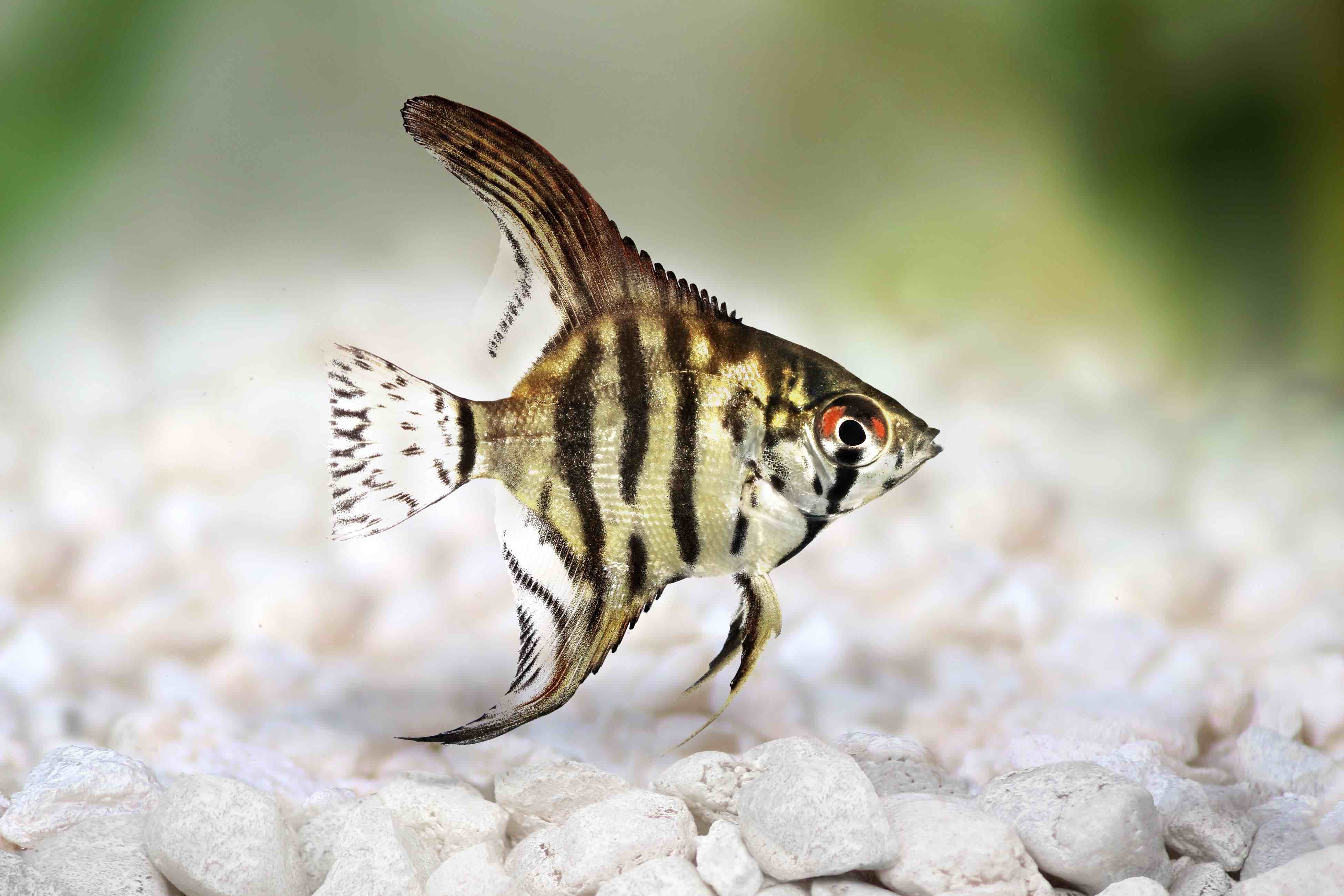
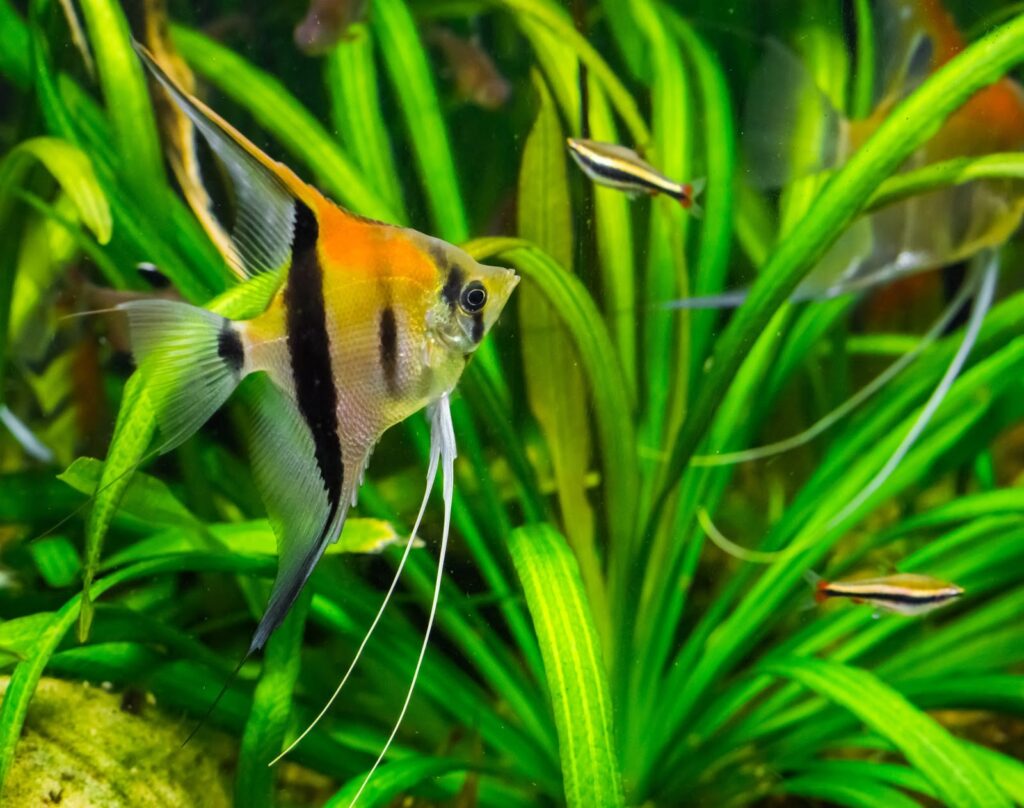
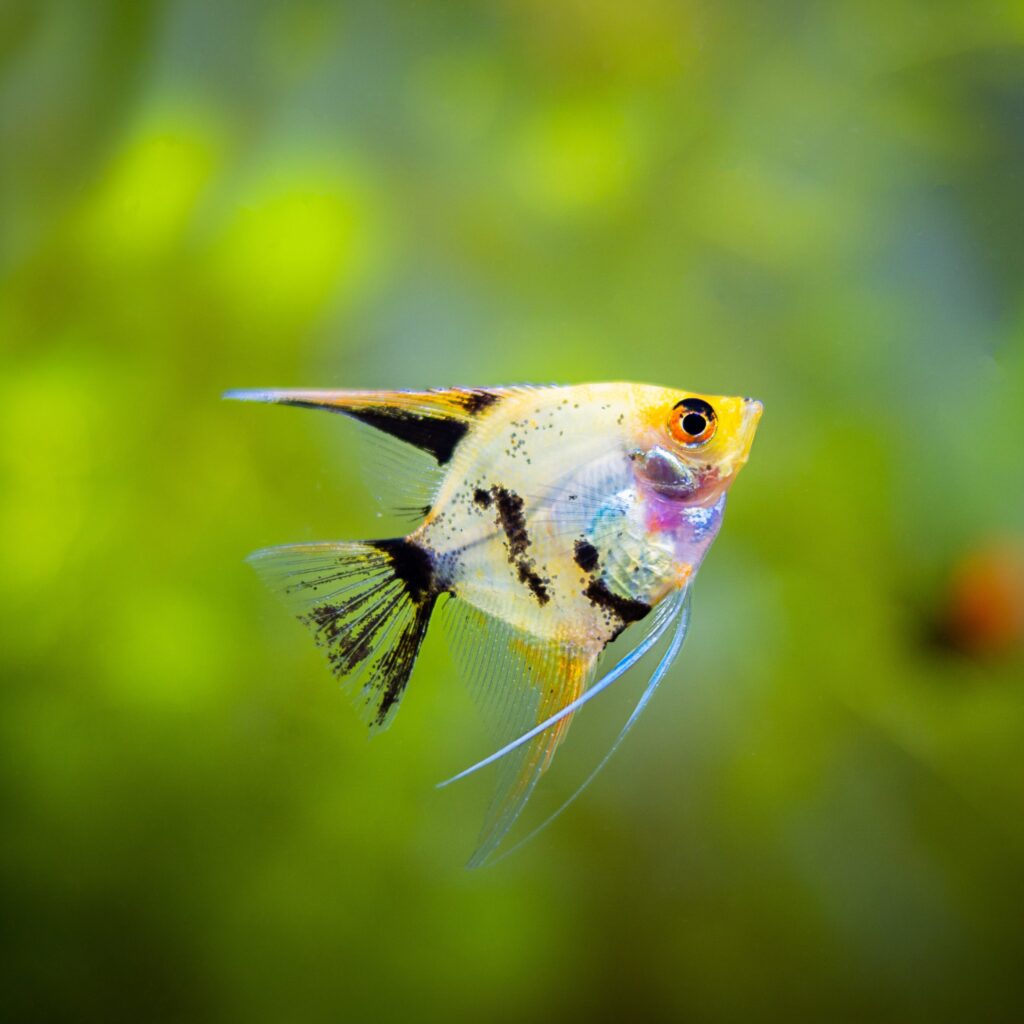
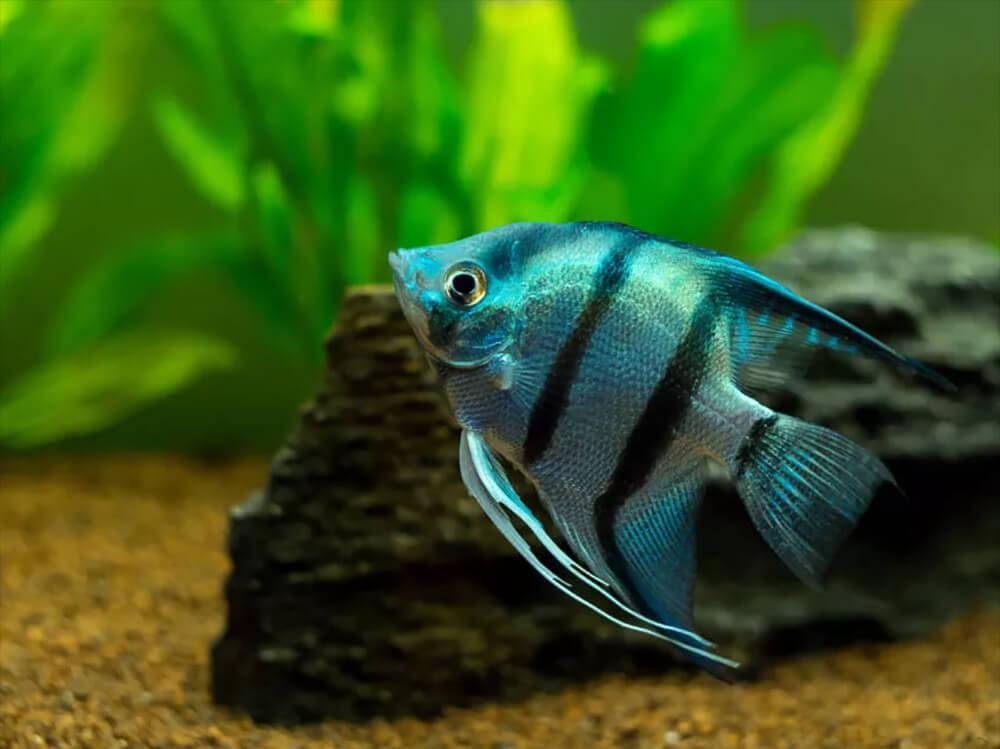
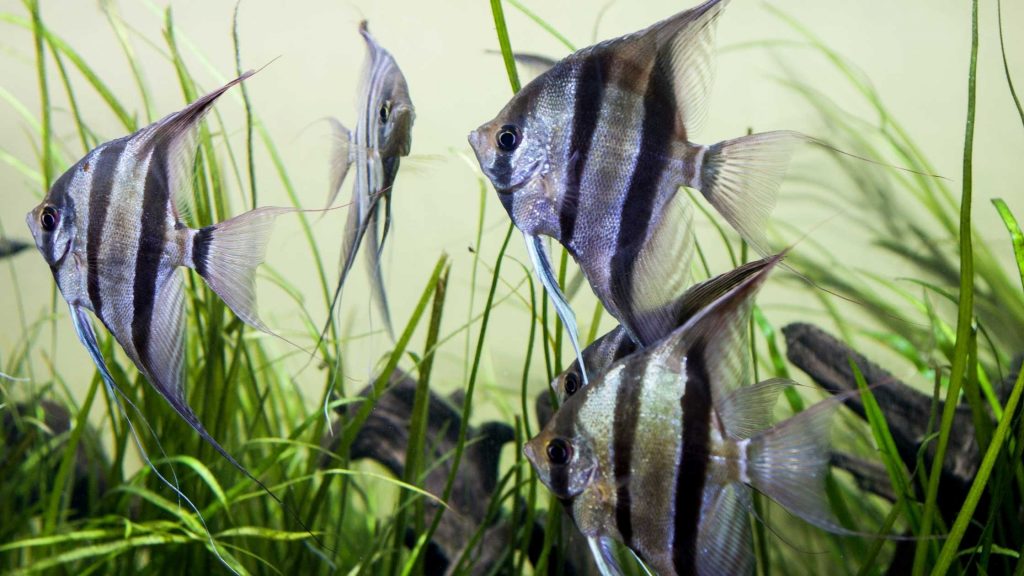
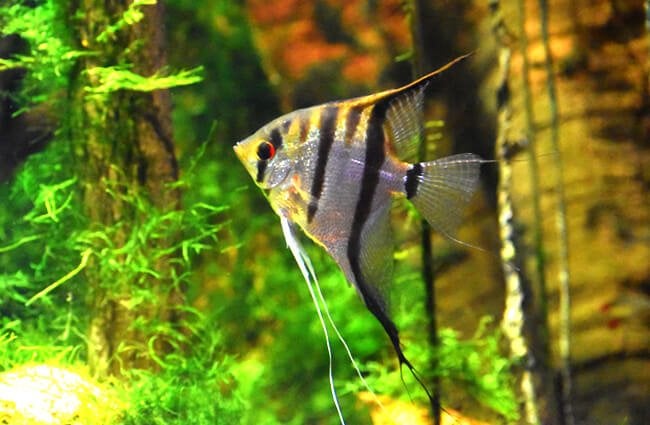
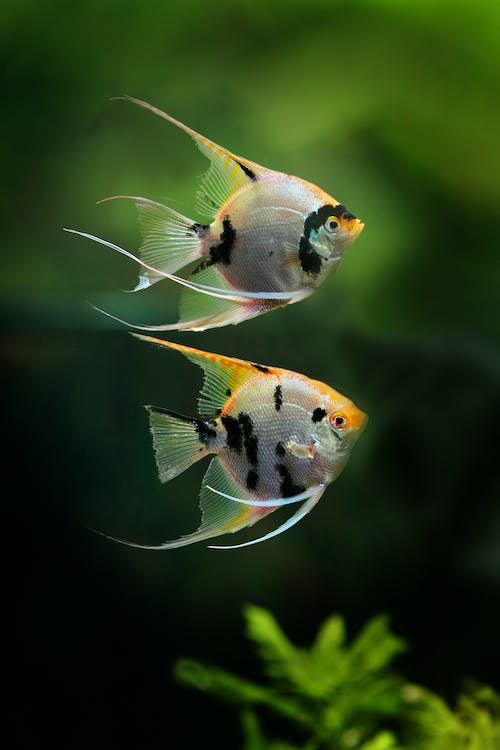
![]()
